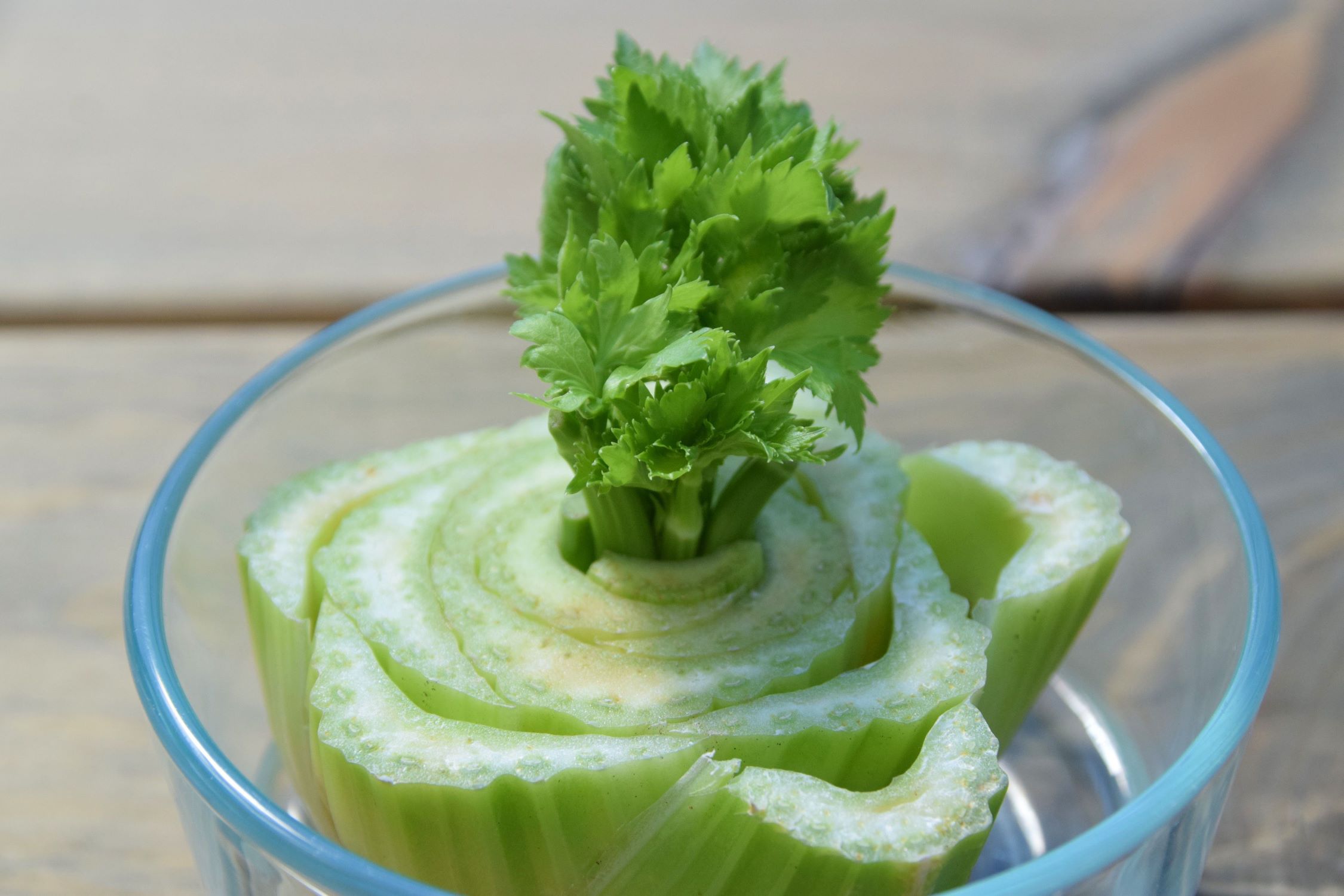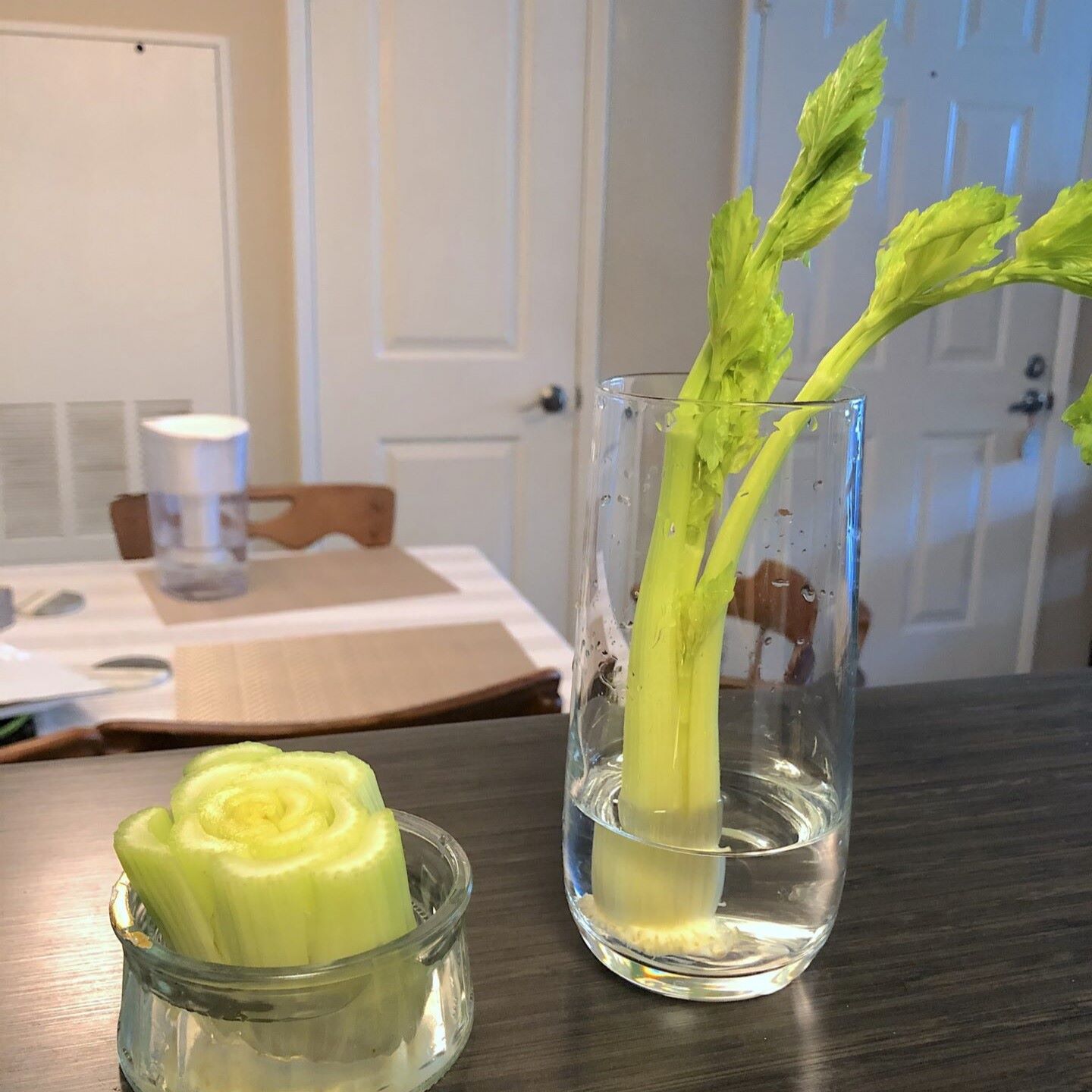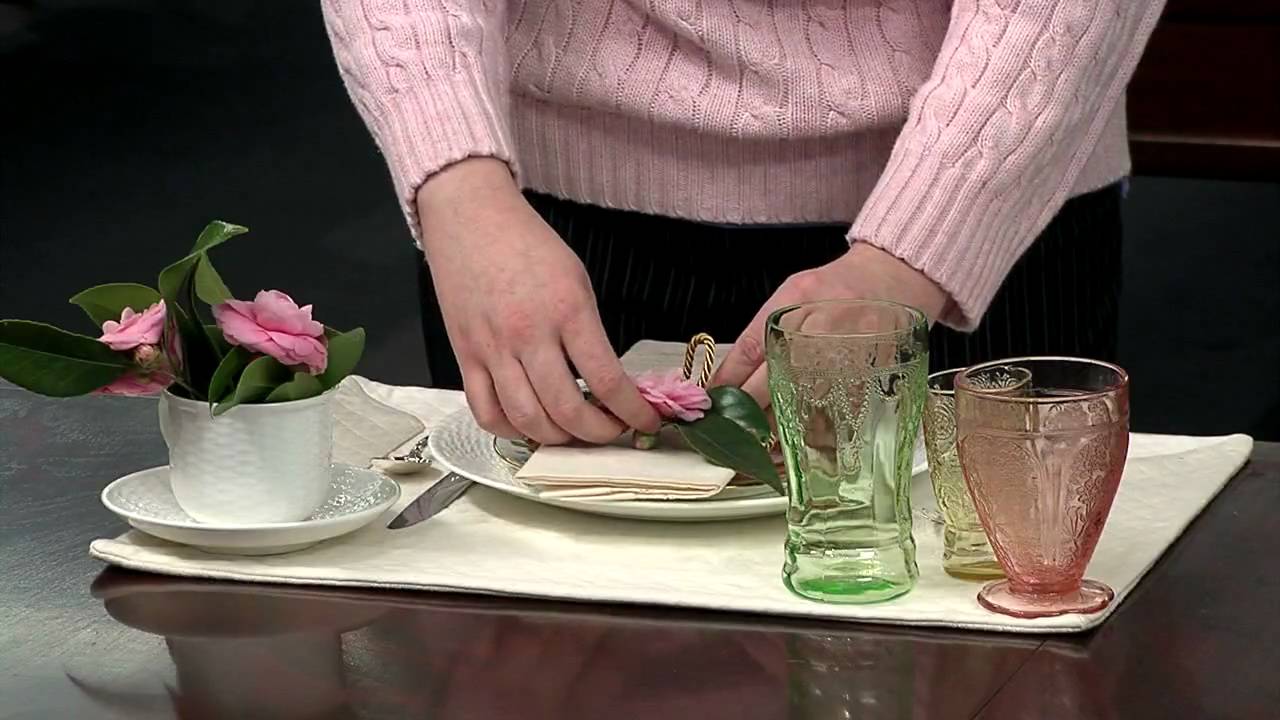Home>Furniture & Design>Interior Design Trends>What Will Happen To A Celery Stick That Is Placed In A Glass Of Water?


Interior Design Trends
What Will Happen To A Celery Stick That Is Placed In A Glass Of Water?
Modified: February 18, 2024
Discover the latest interior design trends and find out what happens when a celery stick is placed in a glass of water. Explore the fascinating results now!
(Many of the links in this article redirect to a specific reviewed product. Your purchase of these products through affiliate links helps to generate commission for Storables.com, at no extra cost. Learn more)
Introduction
Have you ever wondered what would happen if you placed a humble celery stick in a glass of water? The answer lies in the fascinating process of osmosis. This natural phenomenon occurs in all living organisms, including plants, and plays a crucial role in maintaining their internal balance. By understanding what happens to a celery stick when submerged in water, we can unravel the intricate workings of osmosis and gain insight into the remarkable adaptability of plant cells.
Osmosis, the movement of water molecules across a semi-permeable membrane, is a fundamental process that sustains life. When a celery stick is placed in a glass of water, it becomes a captivating demonstration of osmosis in action. As the celery stick absorbs water, observable changes occur, offering a glimpse into the dynamic interplay between the plant's cells and their environment.
Let's embark on a journey to explore the mesmerizing transformation of a simple celery stick as it interacts with water, unveiling the captivating process of osmosis and the remarkable resilience of plant cells.
Key Takeaways:
- Celery in Water
When you put celery in water, it absorbs water through osmosis. This makes the celery firm and crisp, showing how plants adapt to their environment. - Osmosis and Plant Cells
Osmosis is a process where water moves into plant cells, making them swell and giving the celery stick its buoyancy. It’s like a natural makeover for the celery!
Read more: How To Store Celery Sticks
The Process of Osmosis
Osmosis is a fundamental biological process that occurs in all living organisms, including plants. It involves the movement of water molecules across a semi-permeable membrane from an area of high water concentration to an area of low water concentration. In the context of a celery stick placed in a glass of water, osmosis manifests as the movement of water into the plant's cells.
The cell membrane of plant cells is semi-permeable, allowing water molecules to pass through while selectively restricting the movement of other substances. When the celery stick is submerged in water, the concentration of water outside the cells is higher than the concentration inside the cells. As a result, water molecules move through the cell membrane from the area of higher concentration (the surrounding water) to the area of lower concentration (inside the cells).
This influx of water causes the plant cells to swell as they become turgid, imparting a crisp and firm texture to the celery stick. The process of osmosis is essential for maintaining the structural integrity of plant cells and facilitating the transport of nutrients and water throughout the organism.
As water continues to enter the plant cells through osmosis, the celery stick undergoes visible changes, demonstrating the dynamic nature of this process. The movement of water into the cells exerts pressure on the cell walls, contributing to the rigidity and upright posture of the celery stick.
Osmosis is a vital mechanism that enables plants to regulate their internal water balance, ensuring optimal turgor pressure and supporting various physiological functions. By comprehending the process of osmosis, we gain a deeper appreciation for the intricate mechanisms that sustain plant life and contribute to the diverse array of shapes, sizes, and textures observed in the natural world.
In essence, the process of osmosis is a testament to the remarkable adaptability of plant cells and their ability to respond to changes in their environment. Through osmosis, plants can thrive in diverse conditions, harnessing the power of this fundamental process to maintain their structural integrity and support their growth and development.
To keep a celery stick fresh in a glass of water, change the water every day to prevent bacterial growth and maintain the celery’s crispness.
Changes in the Celery Stick
As the celery stick luxuriates in its aquatic environment, the process of osmosis orchestrates a series of remarkable changes within the plant cells. The influx of water through osmosis infuses the cells with vitality, leading to observable transformations that captivate the eye and reveal the dynamic nature of plant physiology.
Initially, the celery stick, with its characteristic pale green hue and fibrous texture, appears unassuming. However, as it basks in the embrace of the surrounding water, a gradual metamorphosis unfolds. The cells within the celery stick eagerly embrace the incoming water molecules, swelling with newfound vigor. This influx of water engenders a palpable change in the celery stick's texture, rendering it turgid and succulent.
The once-rigid cells, now imbued with moisture, undergo a remarkable transition, imbuing the celery stick with a revitalized appearance. The formerly lackluster stalk becomes infused with a newfound vibrancy, as the cells expand and the entire structure becomes taut and robust. This transformation is a testament to the plant's adaptability, as it harnesses the power of osmosis to fortify its cellular architecture and manifest a tangible resilience.
Moreover, the process of osmosis bestows the celery stick with a heightened sense of buoyancy, as the influx of water imparts a newfound crispness and firmness to its composition. The formerly languid stalk now stands proud, buoyed by the internal pressure exerted by the influx of water. This visual manifestation of turgor pressure showcases the plant's ability to harness osmosis to maintain its structural integrity and assume a resolute posture.
As the celery stick undergoes these transformative changes, it serves as a poignant reminder of the intricate interplay between plants and their environment. The process of osmosis, with its ability to imbue plant cells with vitality and resilience, underscores the remarkable adaptability of the natural world. Through osmosis, the humble celery stick emerges as a testament to the enduring dynamism of plant physiology and the captivating interplay between cellular processes and environmental stimuli.
In essence, the changes witnessed in the celery stick serve as a compelling testament to the profound impact of osmosis on plant physiology. This captivating transformation offers a glimpse into the remarkable resilience and adaptability of plant cells, underscoring the intricate mechanisms that govern the vitality and vigor of the natural world.
Conclusion
In conclusion, the captivating journey of a celery stick submerged in a glass of water unveils the mesmerizing process of osmosis and the remarkable adaptability of plant cells. Through the lens of this simple yet profound interaction, we gain insight into the dynamic interplay between the plant's cellular physiology and its external environment.
The process of osmosis, characterized by the movement of water molecules across a semi-permeable membrane, orchestrates a symphony of changes within the celery stick. As water permeates the plant cells, it infuses them with vitality, leading to visible transformations that underscore the plant's resilience and capacity for adaptation.
The influx of water through osmosis imbues the celery stick with a newfound vibrancy, rendering it turgid, succulent, and buoyant. The once-unassuming stalk undergoes a remarkable metamorphosis, standing as a testament to the plant's ability to harness osmosis to fortify its cellular architecture and maintain its structural integrity.
Furthermore, the process of osmosis serves as a poignant reminder of the intricate mechanisms that govern plant physiology. It enables plants to regulate their internal water balance, ensuring optimal turgor pressure and supporting various physiological functions. Through osmosis, plants demonstrate their ability to thrive in diverse conditions, harnessing this fundamental process to sustain their growth and development.
The changes witnessed in the celery stick offer a compelling testament to the profound impact of osmosis on plant physiology. This captivating transformation underscores the remarkable resilience and adaptability of plant cells, highlighting the intricate mechanisms that govern the vitality and vigor of the natural world.
In essence, the journey of a celery stick in a glass of water transcends its simplicity, offering a profound exploration of osmosis and the enduring dynamism of plant physiology. By unraveling the intricacies of this process, we gain a deeper appreciation for the remarkable adaptability of plant cells and the captivating interplay between cellular processes and environmental stimuli.
As we reflect on the transformative journey of the celery stick, we are reminded of the profound beauty and resilience inherent in the natural world, where even the simplest of interactions can unveil the remarkable intricacies of life itself.
Frequently Asked Questions about What Will Happen To A Celery Stick That Is Placed In A Glass Of Water?
Was this page helpful?
At Storables.com, we guarantee accurate and reliable information. Our content, validated by Expert Board Contributors, is crafted following stringent Editorial Policies. We're committed to providing you with well-researched, expert-backed insights for all your informational needs.
















0 thoughts on “What Will Happen To A Celery Stick That Is Placed In A Glass Of Water?”